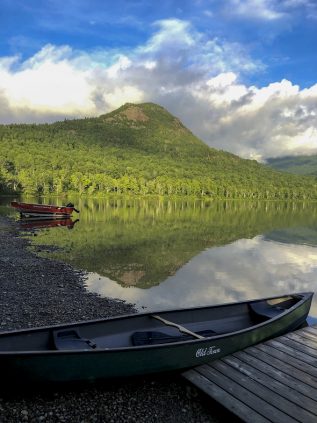Program Overview
NSF Research Traineeship (NRT) Program in Conservation Science and Practice at the University of Maine

 Protected areas at all scales conserve ecological and sociocultural systems; promote geological, biological, and cultural diversity; and protect landscapes and ecosystem function. Global policies are increasingly linking nature conservation with human development goals, particularly as we move toward a more integrated, collaborative paradigm for protected areas. As of 2015, protected social–ecological systems have been identified as one of the United Nations’ sustainable development goals to reduce poverty and support sustainable livelihoods for all people.
Protected areas at all scales conserve ecological and sociocultural systems; promote geological, biological, and cultural diversity; and protect landscapes and ecosystem function. Global policies are increasingly linking nature conservation with human development goals, particularly as we move toward a more integrated, collaborative paradigm for protected areas. As of 2015, protected social–ecological systems have been identified as one of the United Nations’ sustainable development goals to reduce poverty and support sustainable livelihoods for all people.
Completion of UMaine’s NRT in Conservation Science and Practice leads to a graduate-level specialization in conservation science that is a valuable complement to MS, MA, or PhD programs. Scholars taking part in the NRT program integrate biophysical and socioeconomic sciences in collaborative, engaged, and solutions-driven research, professional development, and coursework aimed at training the next generation of conservation leaders.
The transdisciplinary research and active learning experiences central to the NRT program address governance frameworks, biodiversity conservation, sustainable rural livelihoods and resource-dependent economies, stewardship values, citizen science and participation, and spatial sciences. Our goal is to build a well-trained, experienced workforce to advance conservation solutions that will ultimately lead to enhanced resilience of socio–ecological systems.
For additional information about the NRT program, please see our Specialization in Conservation Science page.
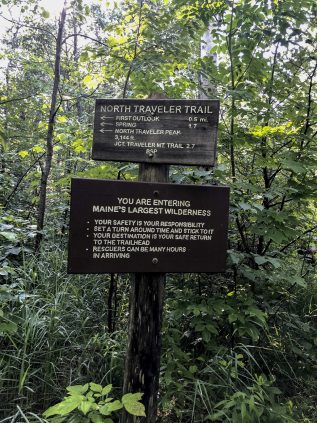
Why Choose Maine?
Maine is an ideal natural laboratory for conservation studies. With 90% forest cover, Maine is the most heavily forested US state. Most land is held in private ownership, yet a history of open land tradition has allowed widespread access to private lands for a variety of uses (e.g., outdoor recreation). The large undeveloped areas in northern Maine provide an array of environmental services and sustainable economic development opportunities. Maine’s coast includes Acadia National Park, consistently among the top 10 most visited US National Parks.
The state’s governance system, which integrates public and private conservation efforts within working forests and coastal landscapes, provides space to assess socio–ecological system resilience in a setting dominated by private property ownership. Conservation lands nested within a matrix of working forests, agricultural fields, and coastal fisheries present unique management opportunities and challenges.
Trainees in the NRT program, therefore, have unparalleled opportunities to assess benefits and costs associated with diverse institutional arrangements and management frameworks.
Program Components
In addition to degree-specific requirements, the NRT program features:
- Interdisciplinary courses, including science communication, resilience theory, and transdisciplinary research
- Conservation internships with one of our partner agencies or organizations
- Opportunities for professional development
- Annual retreats
- Collaborative research teams
By integrating biophysical sciences, social sciences, and resource management and planning experience, NRT trainees learn a variety of approaches to conservation and human well-being. Training incorporates close interactions with practicing conservation professionals from federal and state government agencies, nongovernmental organizations, and Native American tribes, allowing trainees to build strong collaborative networks.
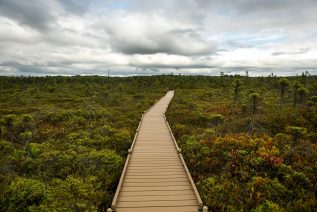
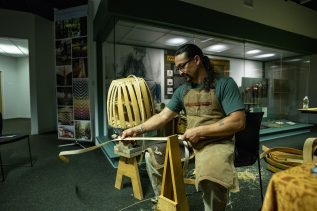
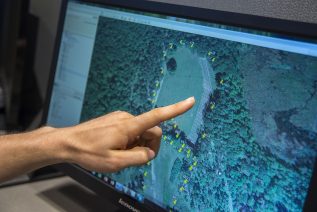
Research Themes
Research within the NRT program can be categorized along six major themes, although collaboration across themes is strongly encouraged:
- Socio-ecological resilience: How can diverse stakeholders respond in the face of dynamic changes, with transformations that create new development pathways?
- Governance: Whose values prevail when management decisions are made, and how can practitioners manage conflicts among diverse value systems?
- Rural livelihoods and resource-dependent economies: How can rural communities dependent on natural resources manage vulnerabilities to socioeconomic shocks and natural disturbances?
- Biodiversity conservation: How can natural systems be conserved to protect landscapes at diverse scales ranging from species-specific approaches to those focused on geodiversity?
- Attitudes, values, and engagement: What are the emerging models of stakeholder participation and citizen science, and what are the conservation benefits and tradeoffs derived from their use?
- Spatial analysis, modeling: How can spatial views of conserved and protected lands help guide effective management theory and practice?
